1. Romper Room
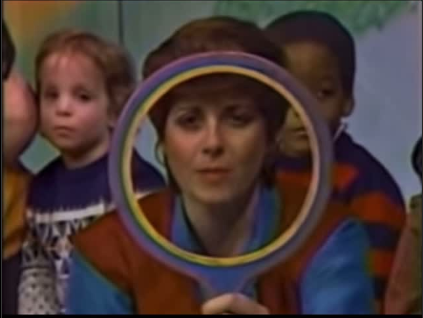
Romper Room had a simple charm, but what made it magical was the “magic mirror.” Every episode ended with the host peering into the screen and calling out names like “I see Bobby… I see Michelle…” and somehow, kids believed she really saw them. It was sweet, comforting, and incredibly personal. The show focused on teaching manners, sharing, and daily routines like brushing your teeth or playing nicely. “Romper Room didn’t just teach, it acknowledged us,” one fan recalled. That little moment of connection stuck with kids, making them feel seen long before that was a popular idea.
2. Bozo the Clown
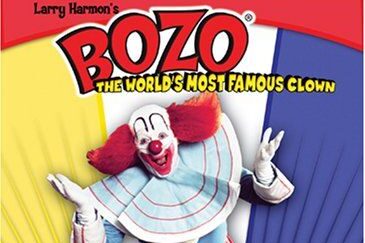
Bozo the Clown wasn’t just a show, it was a phenomenon with hundreds of local versions across America. That made it feel like your clown belonged only to your town. Kids lined up to be in the audience, cheering during games and laughing at wild skits filled with pies and pranks. “Getting Bozo tickets was like winning the lottery,” one Chicago viewer recalled. It was chaotic in the best way, packed with energy, colors, and giggles. For many kids, Bozo wasn’t just funny. He was a friend. That local connection made the fun feel even more special and lasting.
3. Ding Dong School
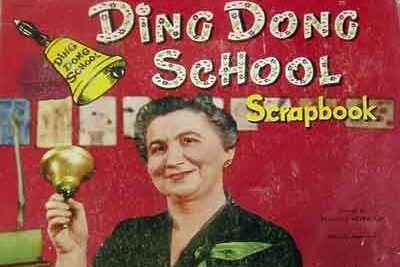
Before most homes had a preschool nearby, kids had Miss Frances on Ding Dong School. She greeted viewers gently, rang her school bell, and spoke with the care of a family member. There were no loud graphics or cartoon voices, just quiet learning moments about tying shoes, being polite, or exploring everyday things. “She was like a second mom,” one viewer once said. Her tone was warm and personal, like she truly knew the children watching. Ding Dong School showed that education didn’t need to be flashy to be effective. Sometimes, the simplest lessons are the ones that last.
4. Howdy Doody
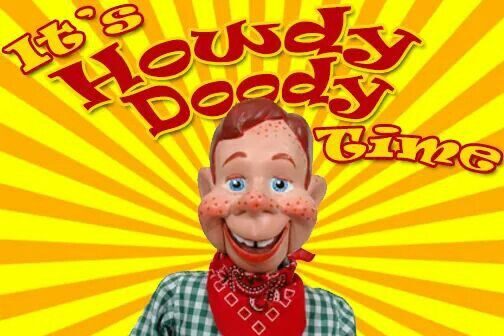
Howdy Doody wasn’t just a show; it was a cultural moment. With its wooden cowboy puppet, Buffalo Bob as host, and the Peanut Gallery full of real kids, it was among the first TV shows made especially for children. It brought slapstick, silly songs, and frontier fun into homes during TV’s golden age. What made it special was the interactivity. Kids laughed, clapped, and felt like part of the action. “It was like being in a club,” one longtime fan told NPR. Howdy Doody laid the groundwork for all future kid shows by treating young viewers like real participants.
5. Shari Lewis and Lamb Chop
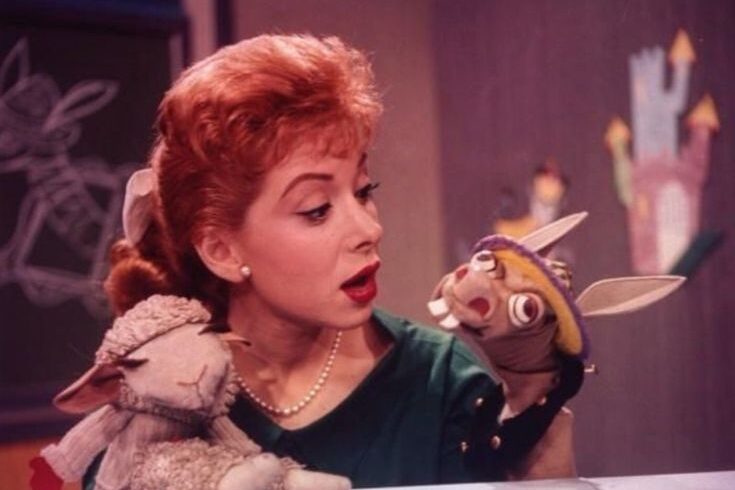
There was something so intimate about Shari Lewis and her soft-spoken puppet, Lamb Chop. The show didn’t rely on fast pacing or special effects. It thrived on simplicity and heartfelt connection. Through gentle conversations, music, and skits, Shari taught kids how to express feelings and use their imagination. Lamb Chop felt more like a playmate than a puppet. “She never talked down to children,” many parents noted. Instead, Shari respected kids’ intelligence and emotions. Watching felt like being invited to a quiet playdate where creativity mattered most. It was a tender space in a loud world that truly stuck.
6. Captain Kangaroo
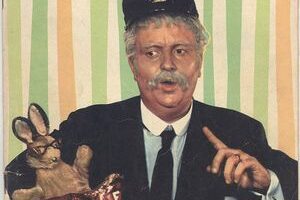
Captain Kangaroo had a calm, grandfatherly air that made mornings feel warm and unrushed. The show featured a blend of quiet storytelling, gentle humor, and endearing side characters like Mr. Green Jeans, Bunny Rabbit, and Dancing Bear. The pacing was deliberate, giving children space to listen and wonder. There were surprises hidden in the Captain’s pocket, but also thoughtful lessons wrapped in fun. “It was like visiting your grandpa’s attic,” one viewer said. In a world that’s always rushing, Captain Kangaroo reminded us that sometimes slowing down can be the most magical thing of all.
7. Sesame Street
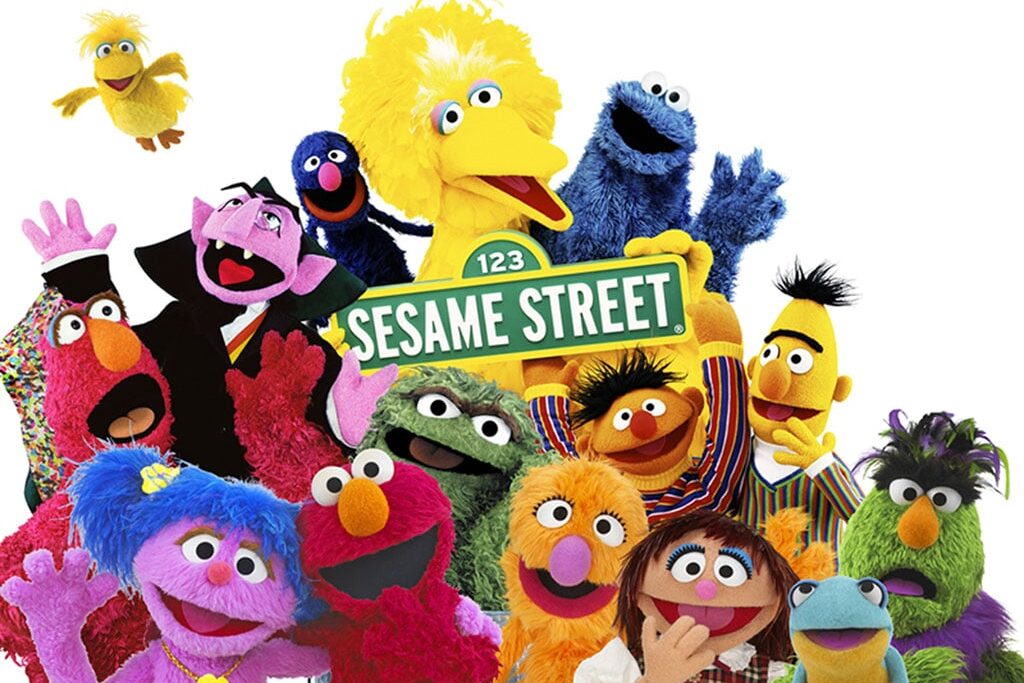
When Sesame Street debuted in 1969, it completely changed what children’s TV could be. It blended catchy music, puppets, animation, and real kids in a lively city setting. Big Bird, Grover, and Elmo weren’t just characters, they were trusted companions. It taught letters, numbers, social skills, and cultural awareness all in one breath. “It was the first time I saw someone like me on TV,” one grown-up viewer shared. The show reflected real diversity and real life. Through joyful repetition and lovable lessons, Sesame Street made every child feel like they belonged. And it’s still doing that today.
8. Mr. Rogers’ Neighborhood
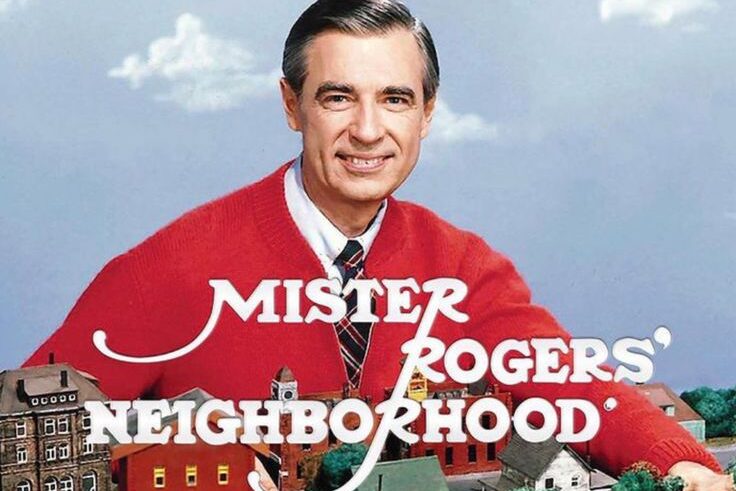
Mr. Rogers didn’t shout or entertain with glitter. He connected. Each day, Fred Rogers changed his shoes, zipped his sweater, and gently spoke about the things kids were really feeling. He addressed emotions, fears, and real-life challenges with respect and honesty. The puppet-filled Neighborhood of Make-Believe offered imagination and symbolism, but the heart of the show was always empathy. “He taught us it was okay to be exactly who we were,” many fans reflect. There’s something deeply comforting in knowing someone cared that much. Watching Mr. Rogers felt like being seen, valued, and completely accepted just as you are.
9. The Electric Company
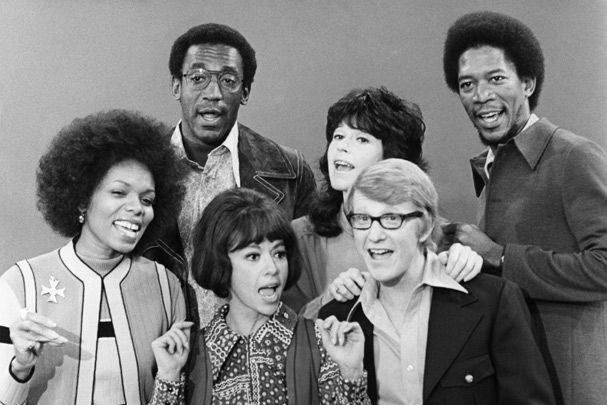
The Electric Company lit up literacy in the coolest way possible. With music, sketches, and energetic performances, it made phonics fun instead of frustrating. Morgan Freeman and Rita Moreno brought serious talent to the screen, teaching kids how words worked through rhythm and humor. Sound segments, catchy phrases, and animated wordplay kept kids interested while learning essential reading skills. “It didn’t feel like school, it felt like a jam session,” one viewer remembered. It was bold, colorful, and ahead of its time. For many, this was the show that flipped the switch from confusion to confidence in reading.
10. Zoom
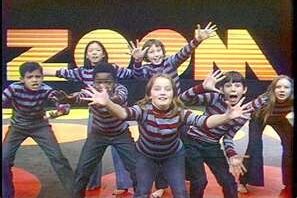
Zoom stood out by doing something simple yet powerful. It gave the spotlight to kids. Everything from the experiments to the skits was performed by children for children, which made it incredibly relatable. Whether they were solving riddles, dancing, or sharing jokes, Zoomers made learning look like fun. “Come on and Zoom Zoom Zoom-a Zoom” still rings in the ears of anyone who watched. It encouraged creativity, communication, and collaboration. Kids didn’t just sit back and watch. They were inspired to try things too. Zoom made kids feel capable, curious, and excited to take part in something bigger.
11. 3-2-1 Contact
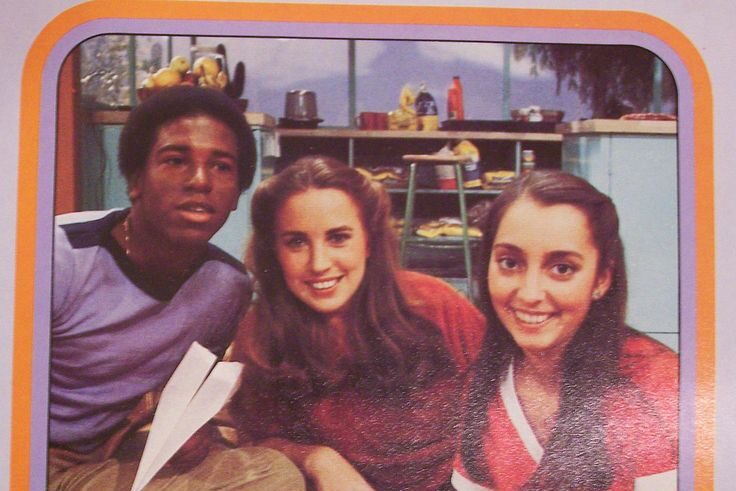
3-2-1 Contact took science beyond the classroom and into everyday life. Whether exploring gravity, electricity, or animal behavior, the show broke big ideas into digestible bits for young minds. With real-world experiments, curious hosts, and its famous Bloodhound Gang detective series, it made science feel both cool and useful. “It made science feel like a mystery worth solving,” one adult fan said. It didn’t overwhelm viewers. It invited them in. At a time when STEM wasn’t yet a buzzword, 3-2-1 Contact was already opening doors for kids to see themselves as thinkers, tinkerers, and future problem-solvers.
12. Reading Rainbow
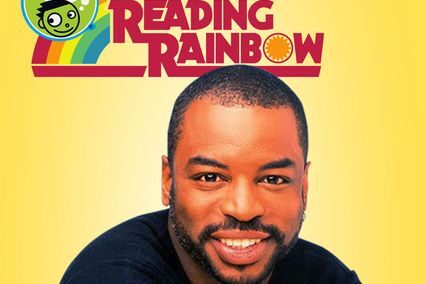
With his signature warmth, LeVar Burton helped kids fall in love with reading, one book at a time. Reading Rainbow blended storytelling with real-life adventures tied to the themes of the books being featured. One day you’d learn about bees, the next about ballet or astronauts. The result? Books came alive. “Take a look, it’s in a book” remains one of TV’s most cherished jingles. The show encouraged curiosity, empathy, and exploration. It told kids that reading wasn’t just important, it was fun. And for countless viewers, it turned quiet reading moments into something beautifully magical and lifelong.
13. Captain Noah and His Magical Ark
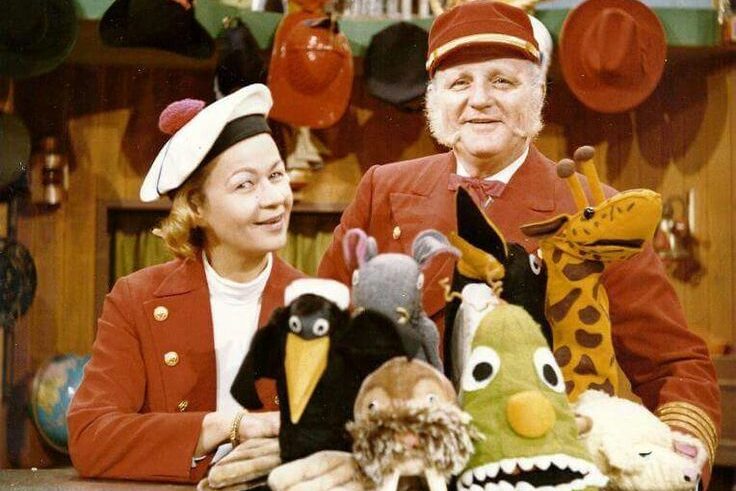
Philadelphia kids had a special treat in Captain Noah and His Magical Ark. It was cozy and creative, filled with cheerful songs, puppets, cartoons, and daily surprises. What truly set it apart was the “Send Your Pictures to Dear Old Captain Noah” segment, where kids mailed in their drawings and waited to see them on air. “I still remember seeing my picture on TV,” one adult viewer shared. The show made kids feel like contributors, not just watchers. Though it wasn’t nationally broadcast, it made a big local impact by celebrating imagination, art, and childhood creativity.
14. Lamb Chop’s Play-Along
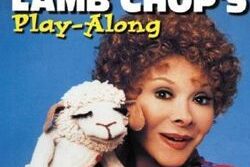
Shari Lewis brought Lamb Chop and friends back to television in the 1990s, and the charm hadn’t faded one bit. Lamb Chop’s Play-Along was vibrant, playful, and full of catchy tunes, especially that song that never ends. But beyond the laughs, Shari delivered something deeper. She made kids feel like they were part of the show. Her mantra, “Don’t just sit there, play along,” encouraged movement, participation, and imagination. One parent said, “She made screen time feel active.” It was a thoughtful reboot that kept the soul of the original show intact while engaging a whole new generation.
15. Fat Albert and the Cosby Kids
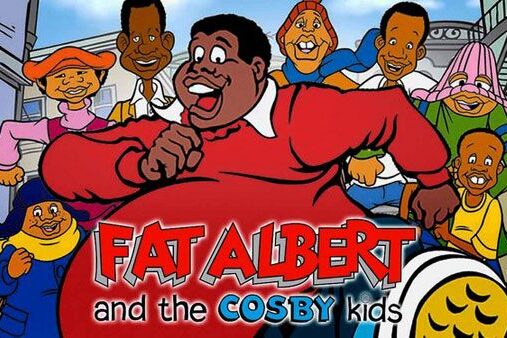
Fat Albert showed kids that growing up in a city came with unique stories and lessons. With his gang of friends and his unforgettable “Hey hey hey,” the show tackled real-life issues like bullying, honesty, hygiene, and peer pressure. It offered one of the first urban perspectives in children’s programming. “It was the first time I saw kids like me on TV,” a fan shared in a documentary. It didn’t sugarcoat things, but it didn’t preach either. Instead, it told stories that mattered in a way that stuck. And kids listened because it felt real and reflected their world.
16. Schoolhouse Rock!
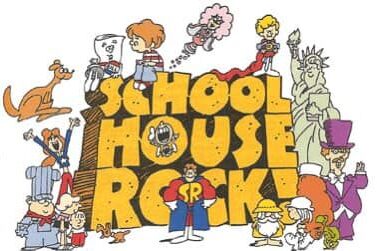
Schoolhouse Rock didn’t ask for your attention. It earned it. Airing in between Saturday morning cartoons, its bite-sized lessons turned grammar, history, and math into unforgettable earworms. From “I’m Just a Bill” to “Conjunction Junction,” each song taught something vital while being ridiculously catchy. “I still know the Preamble because of that song,” a viewer commented on YouTube. The magic was in the simplicity. Learning wasn’t a chore. It was a chorus. The tunes may have been short, but their impact was lifelong. And in the best way possible, they taught kids that being smart could also be fun.
This story 16 Classic Children’s Shows That Quietly Shaped Generations of American Kids was first published on Daily FETCH


